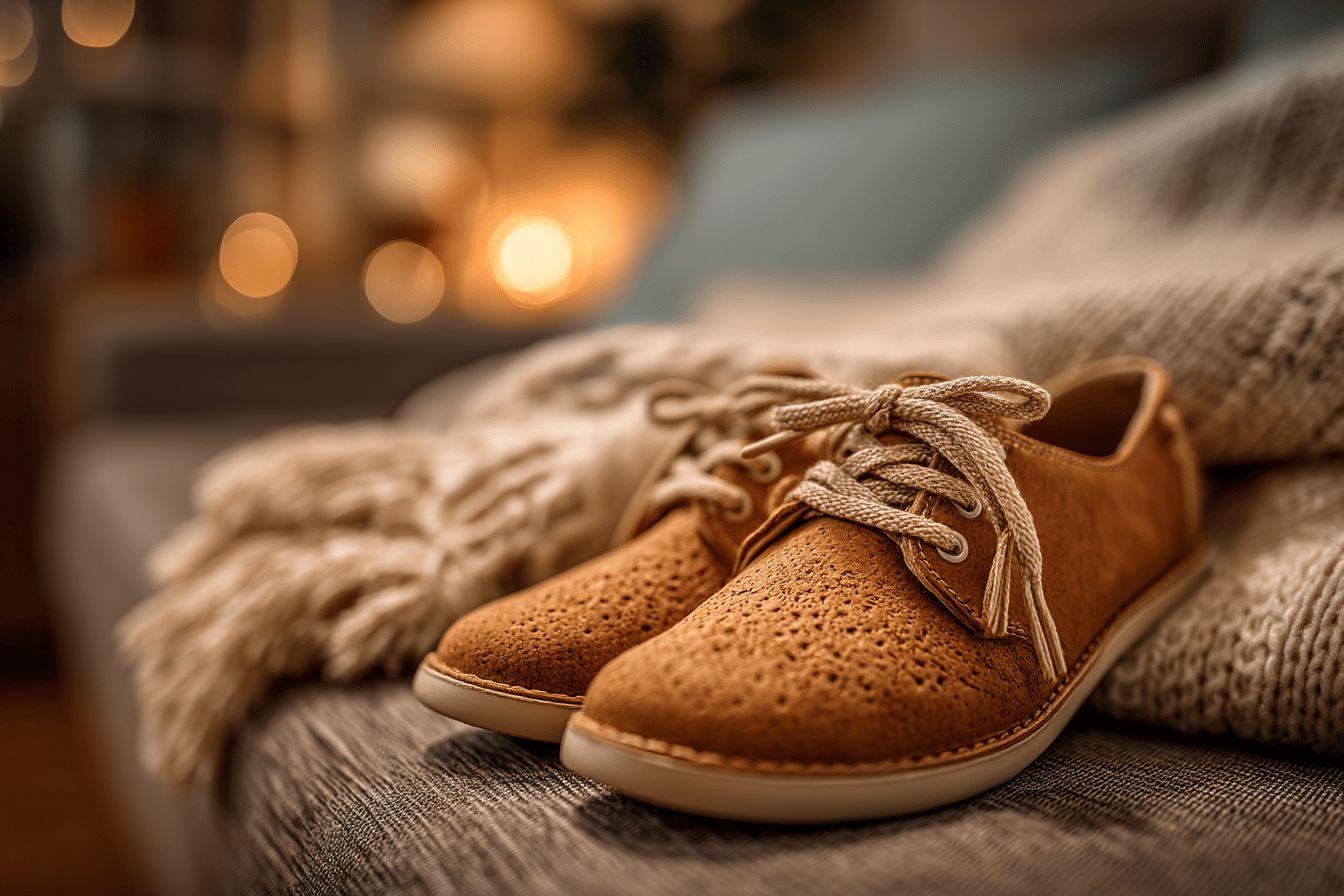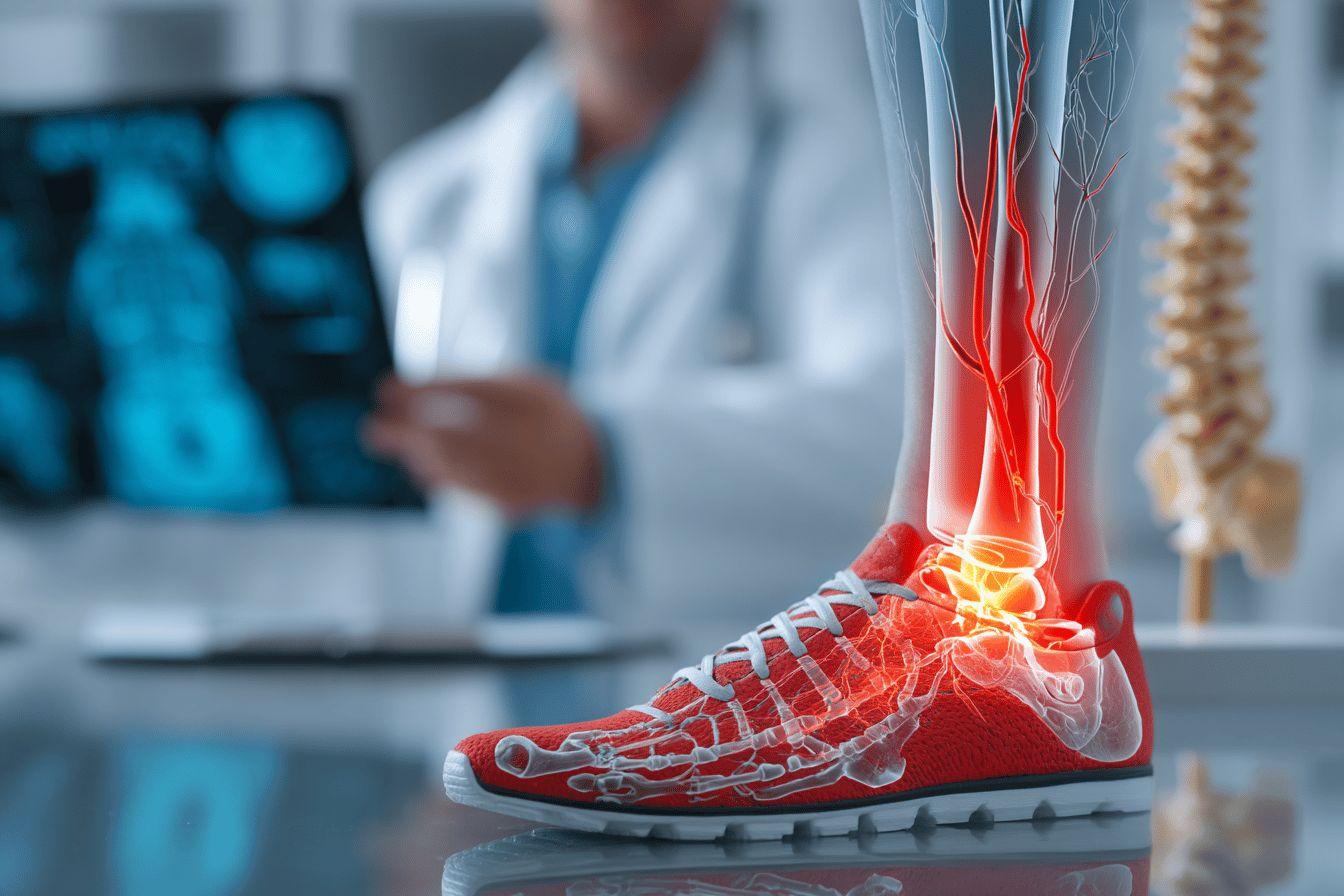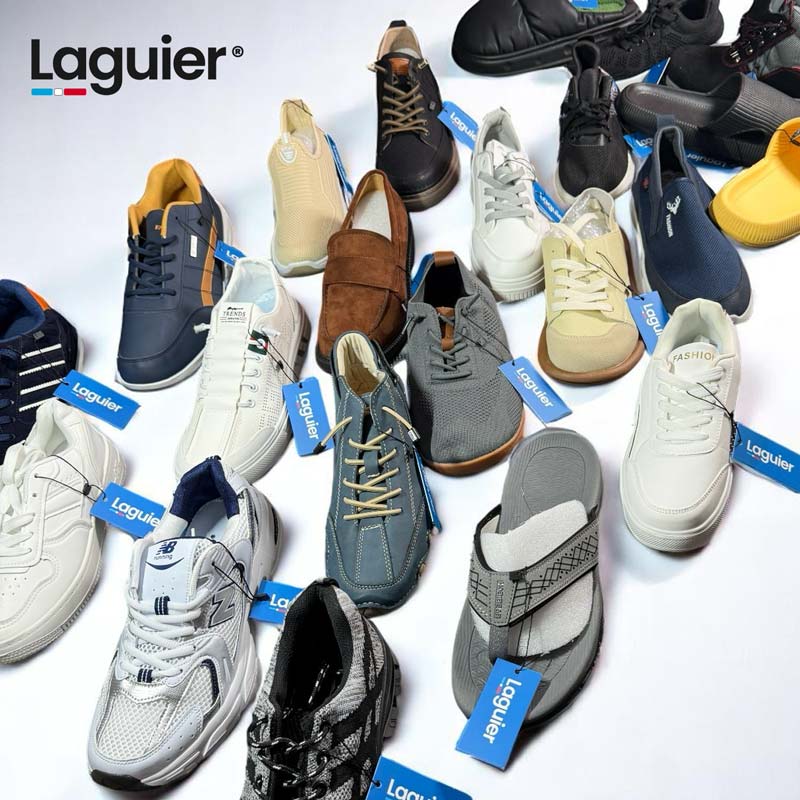Article at a glance
Finding solutions to relieve sensitive feet is essential to regain mobility and daily comfort.
- Therapeutic shoes must provide effective cushioning and appropriate support without excessive compression.
- Specialized brands such as Scholl, Mephisto, and Clarks offer models that combine comfort and aesthetics.
- Each podiatric problem (diabetes, hallux valgus, plantar fasciitis) requires specific characteristics.
- Regular maintenance and replacement of worn insoles prolong the therapeutic benefits.
Living with sensitive feet can turn every step into a daily challenge. Finding the right shoes for sensitive feet becomes a priority to regain mobility and comfort. This guide presents the best solutions available on the market to relieve your feet and walk pain-free.
Why choose specific shoes for sensitive feet?
Sensitive or painful feet often result from several factors: anatomical problems, chronic diseases such as diabetes, the effects of aging, or the after-effects of injuries. Wearing unsuitable shoes significantly aggravates these sensitivities and can lead to other complications.
The importance of suitable shoes goes beyond immediate comfort. A well-chosen pair prevents the development of other pathologies such as corns, calluses, or more serious foot deformities. Likewise, proper footwear improves your overall posture and reduces joint pain that extends up to your back.
The essential criteria for suitable shoes for sensitive feet include:
- Efficient shock-absorbing cushioning
- Sufficient lateral support without excessive compression
- A removable insole that allows for the insertion of orthotics
- Soft and breathable materials
- Adequate width, particularly at the front of the foot
Podiatrists recommend replacing your shoes regularly, as even therapeutic models lose their supportive properties over time. Did you know that walking daily in unsuitable shoes can worsen foot pain by 60% in just a few months?

The Best Specialty Brands for Sensitive Feet
Several manufacturers specialize in designing comfortable therapeutic shoes without sacrificing aesthetics. Among the most recommended is Scholl, some of whose models can be reimbursed by Social Security under certain conditions. This brand offers solutions that combine therapeutic comfort with contemporary design.
Other brands such as Mephisto, Clarks, and New Balance stand out for their ranges dedicated to sensitive feet. Hush Puppies also offers models with advanced cushioning technologies, while Propét and Vionic incorporate podiatric features into their collections.
The table below compares the specifications of the main suitable brands:
| Brand | Strengths | Price Range |
|---|---|---|
| Scholl | Podiatric technologies, anatomical insoles | €70 - €150 |
| Mephisto | Soft leather, natural cushioning, wide selection | €120 - €220 |
| Clarks | Cushion Plus System, variable widths | €80 - €160 |
| Vionic | Arch support, trendy styles | €90 - €180 |
Price isn't always an indicator of quality in this area. Lesser-known brands sometimes offer excellent solutions at more affordable prices. The key is to match the technical features to your specific needs.
Specific adaptations for podiatric problems
Different conditions require specific features. For diabetic feet, choose shoes with no internal seams and adjustable volume to avoid potentially dangerous friction. People suffering from hallux valgus (bunions) will benefit from models with a wide, flexible front to prevent pressure on the deformity. Manufacturers like Pedifix or Bunion Bootie even offer shoes with specifically placed stretch zones. If you suffer from plantar fasciitis, look for insoles with pronounced arch support and heel cushioning. Shoes with Ortholite technology or gel inserts significantly improve comfort during prolonged walking. For those who have to walk long distances in the city, some models combine therapeutic comfort with urban style.
Metatarsal pain requires special attention to pressure distribution under the forefoot. Shoes with "rocker" technology (a rocking sole) effectively reduce tension in this area by promoting the natural rolling motion of the foot.
To make an effective choice, proceed in stages:
- Precisely identify your podiatric problem
- Measure your feet at the end of the day (when they are most swollen)
- Try on different models with your usual orthotics
- Walk around enough during the fitting
- Focus on immediate comfort without expecting an adjustment period
Care and durability of therapeutic shoes
Investing in shoes for sensitive feet represents a significant investment that should be protected. Alternate between pairs if possible to allow each pair to air out completely between uses, thus extending their durability.
Use cedar shoe trees to maintain shape and absorb moisture. When cleaning, avoid complete immersion, which can deform technical soles. Instead, favor regular maintenance with products designed for specific materials.
Insoles, particularly important for comfort, wear out faster than the rest of the shoe. Consider replacing them every 6 to 12 months depending on how often you use them, even if the exterior still appears in good condition.
Know the signs of critical wear: flattening of cushioning areas, deformation of the upper, asymmetrical wear of the outsole. These signs suggest it's time to replace your shoes to maintain their therapeutic benefits.
Your foot health should never be neglected. Suitable solutions for sensitive feet now exist in a variety of styles to combine well-being and aesthetics. Don't hesitate to consult a podiatrist for personalized recommendations that will perfectly complement your choice of suitable footwear.




Leave a comment
This site is protected by hCaptcha and the hCaptcha Privacy Policy and Terms of Service apply.